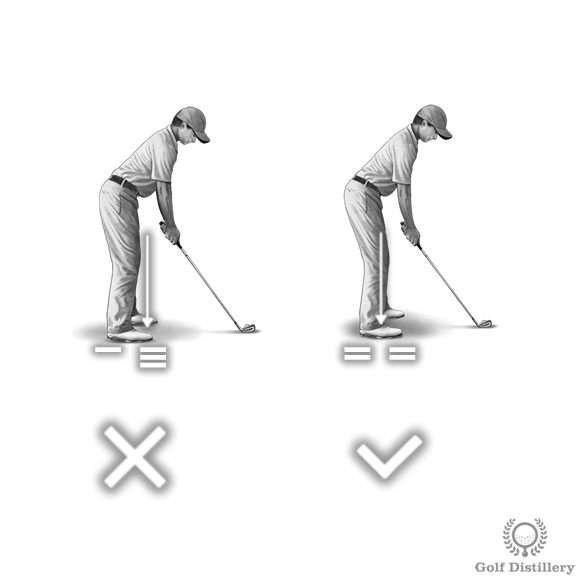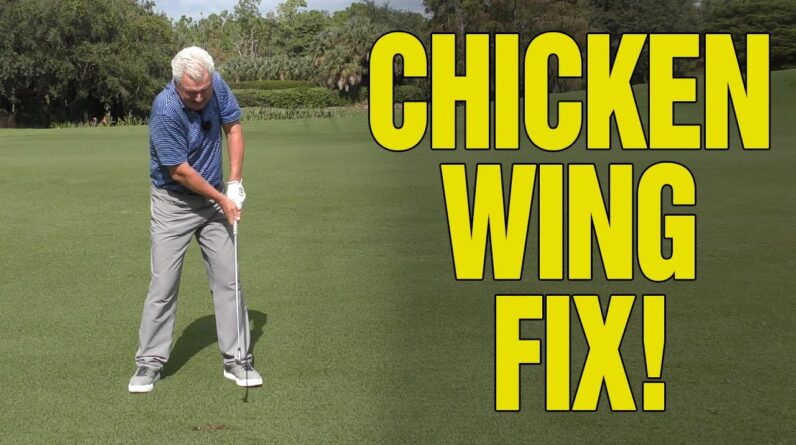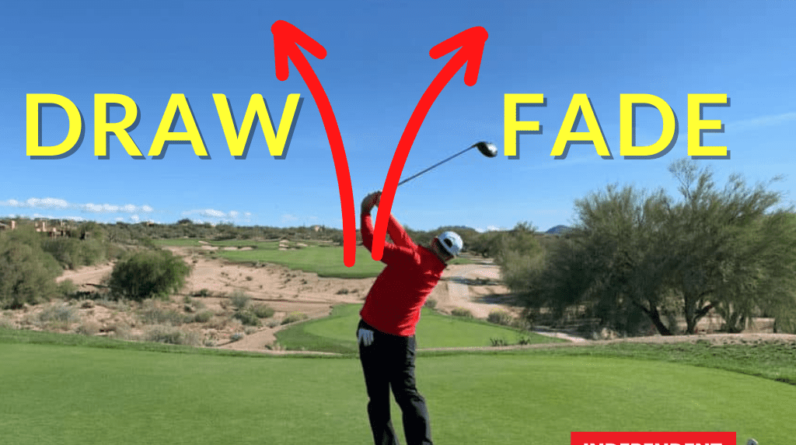Have you ever experienced that frustrating moment on the golf course when your shot goes wildly off course, veering sharply to the right? It’s known as a shank, and it can be a golfer’s worst nightmare. But what exactly causes this dreaded mishit? In this article, we’ll explore the various factors that contribute to shanking your golf shots and provide some insights on how to avoid this embarrassing blunder. So grab your clubs, and let’s take a swing at understanding the shank!
What Causes A Shank In My Golf Shots?
If you find yourself frequently shanking your golf shots, you may be feeling frustrated and wondering why it keeps happening. Shanking, also known as hitting a shot off the hosel of the club, is a common problem that many golfers face. However, by understanding the various factors that can lead to a shanked shot, you can work towards making improvements in your game. In this article, we will explore the different causes of a shank in your golf shots and provide tips on how to address each issue.
Improper Club Alignment
One of the primary reasons for shanking your golf shots is improper club alignment. When your clubface is not square to the target or is in an open position, it can result in the hosel making contact with the ball instead of the center of the clubface. This misalignment can be caused by a variety of factors, such as incorrect grip placement, incorrect setup, or an inconsistent swing path.
To address alignment issues, take the time to ensure that your grip is correct and that your clubface is square to the target line. It may be helpful to seek guidance from a golf instructor who can provide you with feedback on your alignment and help you make the necessary adjustments.
Swing Path Issues
Another common cause of shanking golf shots is swing path issues. If your swing path is too steep or too outside-in, it can lead to the hosel making contact with the ball. This can be particularly problematic when using irons and wedges, as the hosel is more exposed compared to other clubs.
To correct swing path issues, focus on creating a more shallow and on-plane swing. This involves maintaining a proper shoulder turn and using your body rotation to guide the club through impact. It can be beneficial to practice with a golf training aid or work with a golf professional who can help you develop a more efficient swing path.

Grip Problems
The way you grip the golf club can also contribute to shanked shots. If your grip is too weak or too strong, it can impact the clubface’s alignment and cause the hosel to make contact with the ball. A weak grip may result in an open clubface at impact, while a strong grip may cause a closed clubface.
To check your grip, place the club in your left hand (for right-handed golfers) and ensure that the V formed by your thumb and forefinger points towards your right shoulder. Your right hand should complement the left hand’s grip with a similar V pointing towards your right shoulder. Experiment with different grip positions and seek advice from a golf professional to find a grip that suits your swing.
Weight Distribution and Balance
Problems with weight distribution and balance can also contribute to shanking your golf shots. If you are too much on your toes or too much on your heels during the swing, it can lead to inconsistencies and an increased likelihood of hitting a shank. Additionally, poor balance can make it difficult to maintain a steady and controlled swing.
To improve weight distribution and balance, focus on maintaining a centered and balanced stance throughout your swing. Practice exercises that help you develop stability and control, such as balance drills or using a balance board. By improving your balance, you can enhance your overall swing mechanics and reduce the occurrence of shanked shots.

Lack of Confidence
Believe it or not, a lack of confidence can play a significant role in shanking your golf shots. When you step up to the ball with doubt and uncertainty, it can affect your swing mechanics and lead to poor contact. Negative thoughts and self-doubt can create tension in your swing, making it harder to maintain a smooth and consistent motion.
To overcome a lack of confidence, focus on positive self-talk and visualization. Remind yourself of successful shots you have hit in the past and visualize yourself executing a perfect swing. By building confidence through positive reinforcement, you can improve your mental state and increase the chances of hitting better shots.
Misplaced Focus
Sometimes, the cause of shanking golf shots is simply a result of misplaced focus. If you find yourself fixating on avoiding the shank or worrying about the outcome of your shot, it can take away from your ability to perform a smooth and controlled swing. The more you stress about avoiding the shank, the more likely you are to hit one.
To combat misplaced focus, shift your attention to specific swing thoughts or targets. By focusing on the process rather than the outcome, you can divert your mind from the fear of shanking and enhance your ability to execute a solid swing. Engage in pre-shot routines and trust in your practice to help you maintain a clear and focused mindset on the course.

Technical Errors
While shanking a golf shot is often attributed to swing mechanics, it can also be caused by technical errors. This could include issues such as improper ball position, incorrect posture, or faulty swing sequencing. These technical errors can disrupt your swing path and result in a shanked shot.
To address technical errors, consider working with a golf instructor who can analyze your swing and identify any specific areas that need improvement. Through targeted practice and guidance, you can refine your technique and minimize the occurrence of shanked shots.
Physical Limitations
Physical limitations can also contribute to shanking golf shots. If you have limited flexibility, poor balance, or lack of strength in certain muscle groups, it can impact your swing mechanics and lead to shanked shots. Additionally, injuries or physical discomfort can result in compensations during the swing, further increasing the likelihood of shanking.
To address physical limitations, consider incorporating exercises and stretches into your routine that target specific areas of weakness or tightness. A golf-specific fitness program or working with a physical therapist can help you improve your overall physical condition and enhance your ability to execute a consistent swing.

Mental Factors
Golf is often considered a mental game, and shanking golf shots is no exception. Mental factors such as anxiety, pressure, or frustration can all contribute to shanked shots. The more you allow these mental factors to affect your focus and mindset, the more likely you are to struggle with your shots.
To manage mental factors, practice mindfulness and relaxation techniques. Take deep breaths, visualize positive outcomes, and remind yourself to stay present in the moment. Recognize that occasional shanked shots are a part of the game and maintain a positive attitude throughout your round. By cultivating mental resilience, you can keep shanked shots from derailing your overall performance.
External Distractions
Lastly, external distractions can impact your ability to strike the ball cleanly and result in shanked shots. Whether it’s noisy spectators, nearby construction, or even playing partners’ conversations, external factors can disrupt your focus and throw off your swing.
To minimize the impact of external distractions, develop a routine that helps you maintain focus and concentration. This could include taking a few extra moments to visualize your shot, practicing deep breathing, or using noise-canceling headphones. By creating a consistent routine and blocking out external distractions, you can improve your chances of striking the ball solidly.
In conclusion, shanking golf shots can be frustrating and discouraging, but it’s important to remember that it happens to even the best golfers from time to time. By understanding the various causes of a shank, from improper club alignment to mental factors and external distractions, you can take steps to address each issue and improve your overall game. Implement the tips provided in this article, seek guidance from a golf professional, and most importantly, maintain a positive attitude. With practice and patience, you can overcome the shanking problem and enjoy more consistent golf shots.







